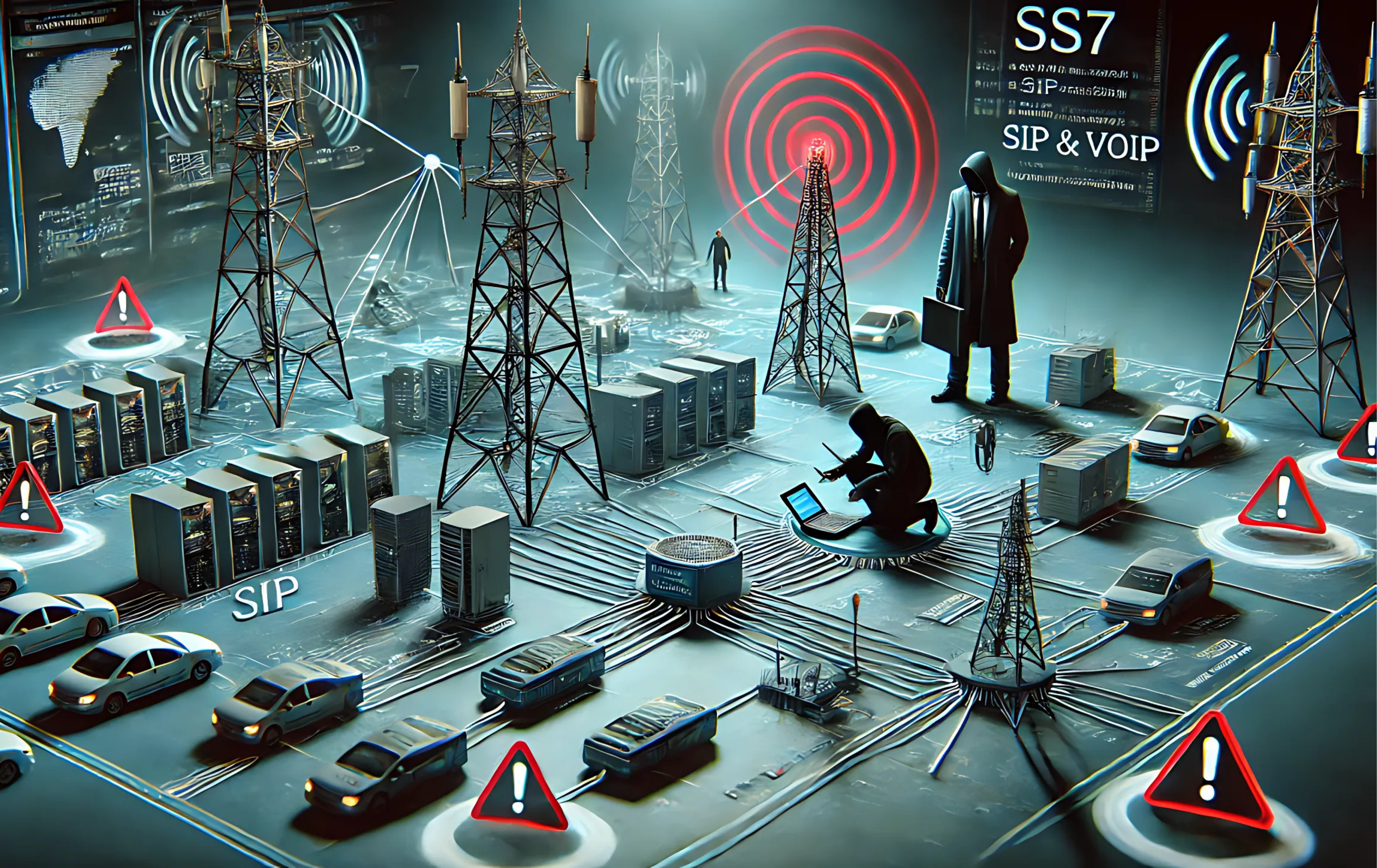
What is SS7 Attack? :The Silent Threat Lurking in Your Phone
Imagine this: you're enjoying your morning chai, scrolling through your phone,
replying to messages, checking your bank app—completely unaware that
someone, somewhere, could be silently listening to your calls, reading your texts,
or even tracking your location in real time.
Sounds like a plot from a cyber-thriller? Unfortunately, it's not. It's called an SS7
attack, and itʼs a real and growing threat—especially in a country like India, where
more than 1.2 billion mobile users rely on cellular networks every day (TRAI,
2024).
In this blog, weʼll unpack what SS7 attacks are, how they work, why India is
especially vulnerable, and what you can do to stay ahead of this invisible danger.
What Is an SS7 Attack?
SS7, short for Signaling System No. 7, is the technical protocol that powers global telecommunications. Developed in the 1970s, it was built to connect calls, send SMS, enable roaming, and manage mobile services across different telecom operators. Itʼs the reason your Airtel number works when youʼre in Europe or why your SMS travels instantly from one network to another.
But hereʼs the problem: SS7 was designed in an era of trust, when cyber threats werenʼt even on the radar. Thereʼs little to no built-in authentication. Once someone gains access to the SS7 network, they can pretend to be part of the system—and that's when the real danger begins
How Do SS7 Attacks Work?
Think of SS7 as a telecom “highwayˮ where critical data travels between mobile switching centers (MSCs) and home location registers (HLRs). Hackers, if they gain access to this system—usually by buying access on the dark web or exploiting vulnerabilities in telecom infrastructure—can inject malicious commands and reroute sensitive information.
Hereʼs how it typically plays out:
1. Network Access
The attacker connects to the SS7 network, often through a compromised telecom partner or vendor.
2. Spoofing as a Trusted Node
They pretend to be a legitimate part of the network, like a mobile tower or switch, using a spoofed Point Code (the identifier for a network node).
3. Data Interception
Once inside, they can:
Track your real-time location by querying the HLR
Intercept SMS messages (including OTPs for banking)
Redirect calls and data traffic to their own devices
Even listen in on voice calls
A hacker doesnʼt need physical access to your phone. Just your phone number is
enough.
In 2017, a similar attack hit users of Telefónica O2 in Germany, where attackers
intercepted SMS OTPs and drained bank accounts. And while India hasnʼt had a widely publicized breach yet, the infrastructure is just as exposed.
Why India Is Particularly at Risk
Indiaʼs mobile ecosystem is a perfect storm for SS7 exploitation:
Massive mobile adoption (over 1.2 billion users)
Heavy reliance on SMS-based OTPs for banking, UPI, e-commerce, and
logins
Legacy 2G/3G networks still in operation across rural and urban areas
Inconsistent telecom cybersecurity implementation despite TRAI guidelines
A 2021 report by Positive Technologies found that 70% of SS7 location tracking
attempts succeeded, and over 80% of SMS interception attempts worked in
vulnerable networks.
When so many critical services—from Aadhaar verification to digital wallets—
depend on mobile numbers, SS7 becomes a high-value target for attackers
Can You Protect Yourself from SS7 Attacks?
The challenge with SS7 is that you canʼt fix it at the individual level—itʼs a flaw in the network infrastructure. But you can take meaningful steps to reduce your risk:
1. Stop Using SMS-Based 2FA
SMS is easy to intercept through SS7. Use app-based two-factor authentication 2FA tools like Google Authenticator, Authy, or Microsoft Authenticator.
2. Use Secure Messaging Apps
Apps like Signal or WhatsApp, which use end-to-end encryption and verify user identity, are more secure for private communication.
3. Be Cautious with Personal Info
Avoid sharing your mobile number unnecessarily, especially on public platforms or unknown websites.
4. Choose a Secure Telecom Provider
TRAI mandates that Indian telcos use SS7 firewalls and filtering systems, but implementation varies. Look for providers that prioritize security and transparency.
5. Push for Policy Reform
As a user, you can support organizations and initiatives pushing for telecom security audits, migration away from 2G/3G, and updated mobile security standards in India.
The Road Ahead: Can We Eliminate SS7 Threats?
The only long-term fix for SS7 attacks is to phase out outdated telecom
infrastructure. As India moves towards 5G and more secure LTE-based protocols
like Diameter, these vulnerabilities will become less relevant—but until then, weʼre
all still at risk.
Until telecom networks evolve, your best defense is awareness, smart habits,
and choosing secure tools.
Final Thoughts
SS7 attacks are a silent, invisible threat that most people never see coming—but the impact can be devastating. In a country as digitally connected as India, the risk is real, and the consequences can affect everything from your bank balance to your privacy
Stay informed. Stay cautious. And whenever possible, ditch the SMS OTP.
Because in todayʼs world, security isn't just about strong passwords—itʼs about understanding how deep the rabbit hole really goes.